
Andrew Strom is a union lawyer based in New York City. He is also an adjunct professor at Brooklyn Law School.
Somehow, we have reached a point where it is conceivable that the Supreme Court might discover after 90 years that the structure of the National Labor Relations Board (NLRB) is unconstitutional. But, while the NLRB faces this existential threat, other judges are using traditional tools to make it harder for workers to obtain justice. One example of this is the Seventh Circuit’s recent decision in Capitol Street Surgery Center v. NLRB.
In Capitol Street Surgery Center, a few days after a worker raised a group concern at a staff meeting, he was fired. The company executive who fired him claims that he didn’t know about the worker’s comments, and the supervisors who might have told him corroborated that testimony. Was the NLRB nevertheless free to rely upon circumstantial evidence to discredit that testimony? The Seventh Circuit didn’t think so.
The facts of the case are as follows: The employer operates an outpatient surgery center, and it has about 25 employees. The Center performs interventional radiology procedures where IR Techs run a radiation machine known as a C-arm. A license is required to operate a C-arm machine. Two supervisors had scheduled a meeting with the IR Techs for November 5, 2020. The Center’s Administrator, Brandon Ehret, asked them to add a topic to the agenda. That topic was having a nurse run the C-arm machine for early morning procedures. When one of the supervisors raised this topic, an IR Tech named Martin Lauster immediately objected, saying it would be illegal for a nurse to operate the machine. Other workers then joined in, echoing Lauster’s concerns. After a heated discussion, another supervisor said that if a nurse couldn’t operate the machine, then the IR Techs would need to be ready to come in early and stay late. Then there was a discussion about whether the IR Techs would get overtime pay. Ehret admitted to receiving a report about this meeting.
Lauster worked the next day, and then was off for a week. He returned to work on Monday, November 16th, and was fired on November 18th. Lauster was summoned to a meeting in Ehret’s office, and Ehret started the meeting by saying, “We’re all adults here. It’s clear you don’t want to be here, so we’re going to make our separation here now.” Ehret did not provide Lauster with a specific reason for the termination. When two other workers were fired around the same time, their terminations were supported by lengthy write-ups that included detailed listings of performance failures. The employer did prepare a write-up for Lauster on November 18th, but it did not give him a copy of the write-up and Ehret did not discuss the write-up with Lauster. The write-up was for allegedly shining a flashlight at a nurse’s eye during a procedure. Ehret never investigated this incident; in particular, he did not talk to the nurse involved in the incident, and at the NLRB hearing the two nurses who were present during the flashlight incident both testified that Lauster did nothing wrong.
An Administrative Law Judge and a three-Member panel of the NLRB that included two Trump appointees all agreed that the Surgery Center fired Lauster for speaking out about unlicensed workers operating the C-arm machine. There was no question that raising this type of concern in a group meeting is concerted activity protected by the National Labor Relations Act (NLRA). The ALJ and the Board concluded that the termination was motivated by Lauster’s comments at the November 5th meeting even though Ehret denied that he had ever been told about the comments. The supervisor who provided Ehret with a report about the November 5th meeting also denied that she had told Ehret about Lauster’s comments. The second supervisor who attended the meeting similarly denied telling Ehret about the comments.
How could the Board conclude that Ehret knew about Lauster’s comments when Ehret denied knowing about them, and the two supervisors at the meeting both denied telling him? The Board relied upon circumstantial evidence. The Board concluded that since Ehret had personally added the C-arm issue to the November 5th agenda, it seemed likely that he would have been told about the employee pushback. The Board further found that the reason given for Lauster’s termination seemed pretextual, which lent further support to the inference that the real reason for Lauster’s termination was an unlawful one.
In an opinion written by George W. Bush appointee Diane Sykes, the Seventh Circuit found that there was not substantial evidence to support the Board’s decision. The court recounted that Ehret denied being told about the comments and the two supervisors denied telling Ehret. While there were inconsistencies in the testimony of the three individuals, the court observed that they were all consistent on this point. Then, the court noted Lauster’s own testimony that he thought he was on friendly terms with the two supervisors. Sykes somehow equated this with a case holding that a pro-union supervisor would have been unlikely to have told a decision-maker about the worker’s union activity.
The court further held that the Board was forbidden to rely on the pretextual nature of the reasons for the termination to infer that Ehret had knowledge of Lauster’s comments. The court held that since “Capitol was free to fire Lauster for a good reason, a bad reason, or no reason at all,” the Board couldn’t rely on the employer’s weak justification, or even its inconsistent practices, to establish that Ehret fired Lauster because of his comments at the November 5th meeting. Apparently, without a confession from one of the three employer witnesses, Lauster was simply out of luck.
But, why shouldn’t the Board be allowed to rely upon circumstantial evidence to infer that Ehret had knowledge of Lauster’s protected activity? How else would one prove that Ehret knew? It would be nice if no one ever lied under oath, but sadly that isn’t the case. And, when witnesses do lie, it would be nice if their demeanor always gave them away. But that’s also not how the real world works. If a witness tells a story that doesn’t add up, why shouldn’t a factfinder be allowed to infer that the witness is hiding something? Sure, it could have just been a coincidence that shortly after Lauster spoke out at a staff meeting, he was fired for an incident that wasn’t even investigated and may not have occurred. Yes, it’s true that employers sometimes fire workers for bad reasons that aren’t illegal, but this employer hadn’t pointed to a history of similar terminations. To the contrary, it had carefully documented shortcomings of other workers before firing them. Shouldn’t the Board have been allowed to take that into account in deciding not to credit the testimony of the employer’s witnesses?
When bosses are plotting to fire a workplace activist, they are unlikely to record their deliberations. If workers are to have meaningful protections, factfinders must be free to draw inferences about what really happened based on the realities of industrial life. Isn’t that one reason why, at least for the time-being, we have an expert administrative agency?
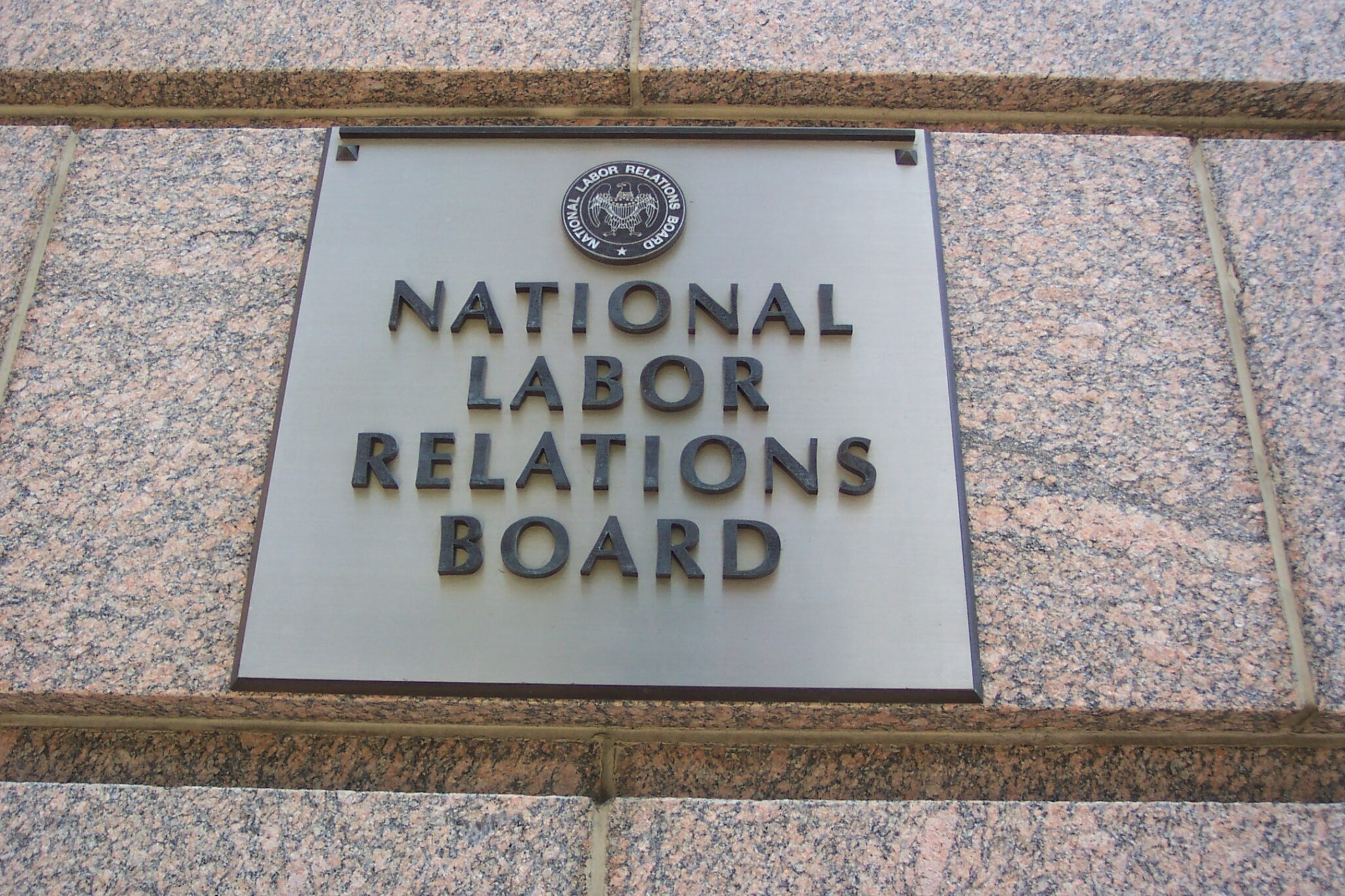

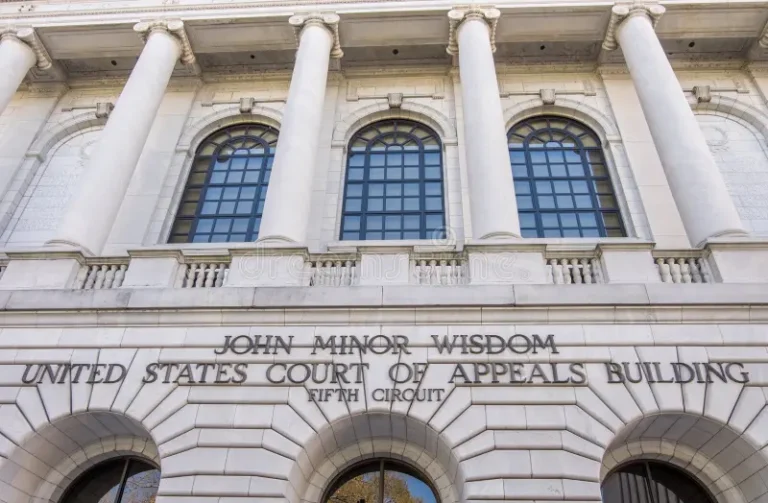
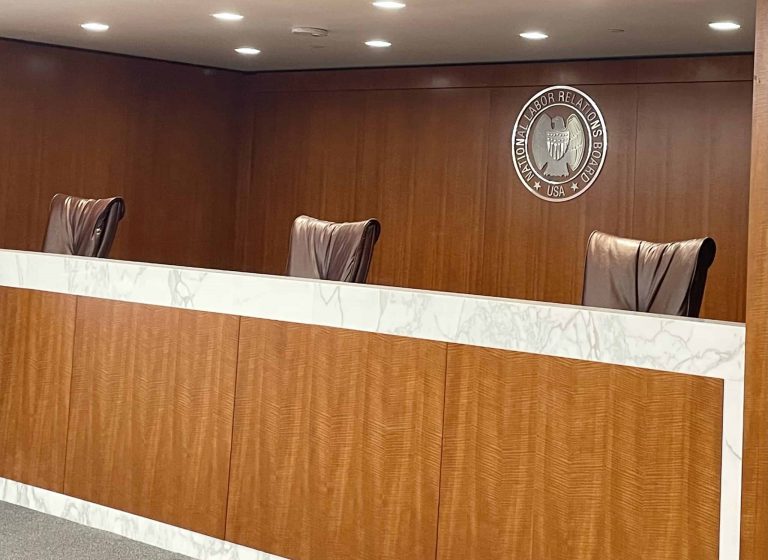
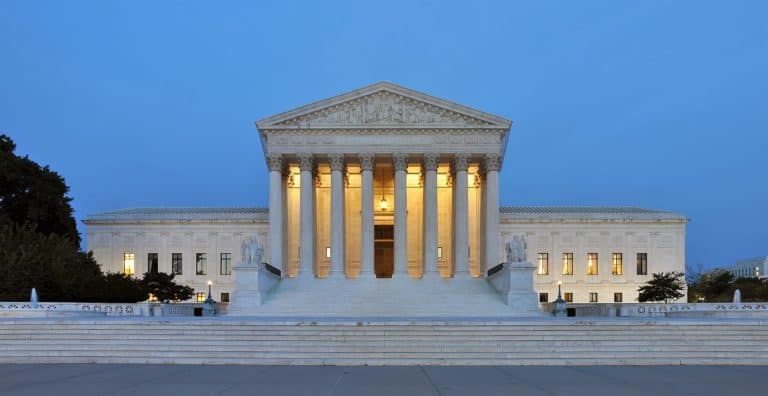
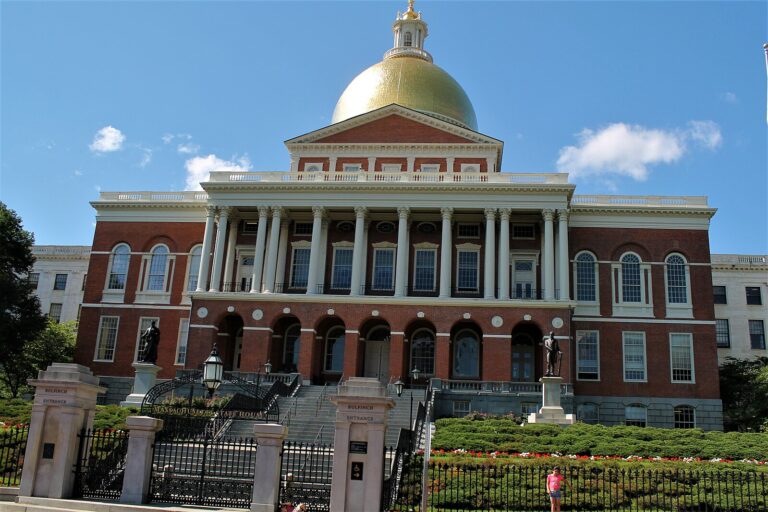
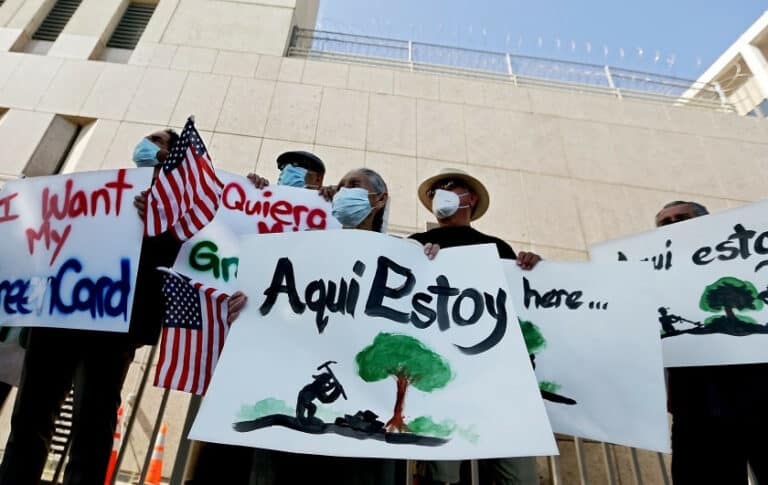

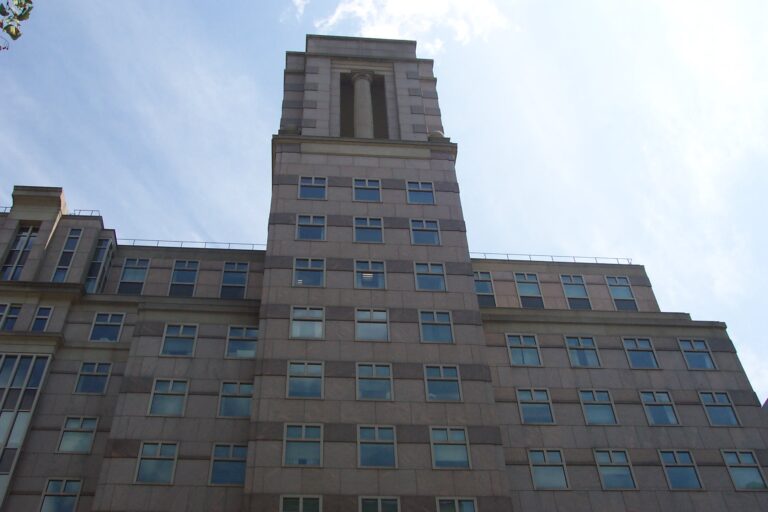
Daily News & Commentary
Start your day with our roundup of the latest labor developments. See all
July 11
Regional director orders election without Board quorum; 9th Circuit pauses injunction on Executive Order; Driverless car legislation in Massachusetts
July 10
Wisconsin Supreme Court holds UW Health nurses are not covered by Wisconsin’s Labor Peace Act; a district judge denies the request to stay an injunction pending appeal; the NFLPA appeals an arbitration decision.
July 9
In Today’s News and Commentary, the Supreme Court green-lights mass firings of federal workers, the Agricultural Secretary suggests Medicaid recipients can replace deported farm workers, and DHS ends Temporary Protected Status for Hondurans and Nicaraguans. In an 8-1 emergency docket decision released yesterday afternoon, the Supreme Court lifted an injunction by U.S. District Judge Susan […]
July 8
In today’s news and commentary, Apple wins at the Fifth Circuit against the NLRB, Florida enacts a noncompete-friendly law, and complications with the No Tax on Tips in the Big Beautiful Bill. Apple won an appeal overturning a National Labor Relations Board (NLRB) decision that the company violated labor law by coercively questioning an employee […]
July 7
LA economy deals with fallout from ICE raids; a new appeal challenges the NCAA antitrust settlement; and the EPA places dissenting employees on leave.
July 6
Municipal workers in Philadelphia continue to strike; Zohran Mamdani collects union endorsements; UFCW grocery workers in California and Colorado reach tentative agreements.